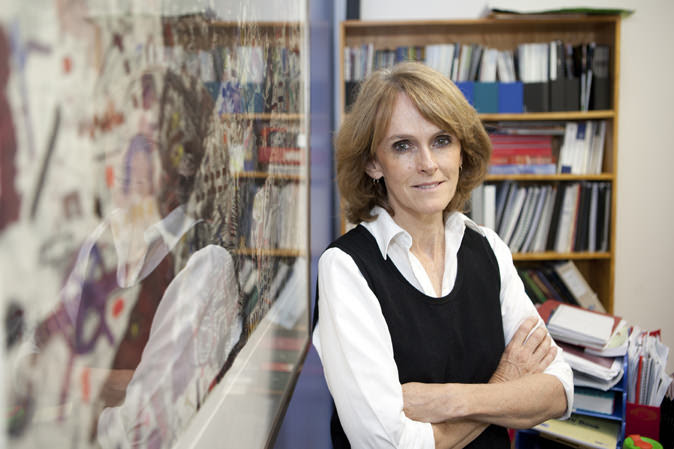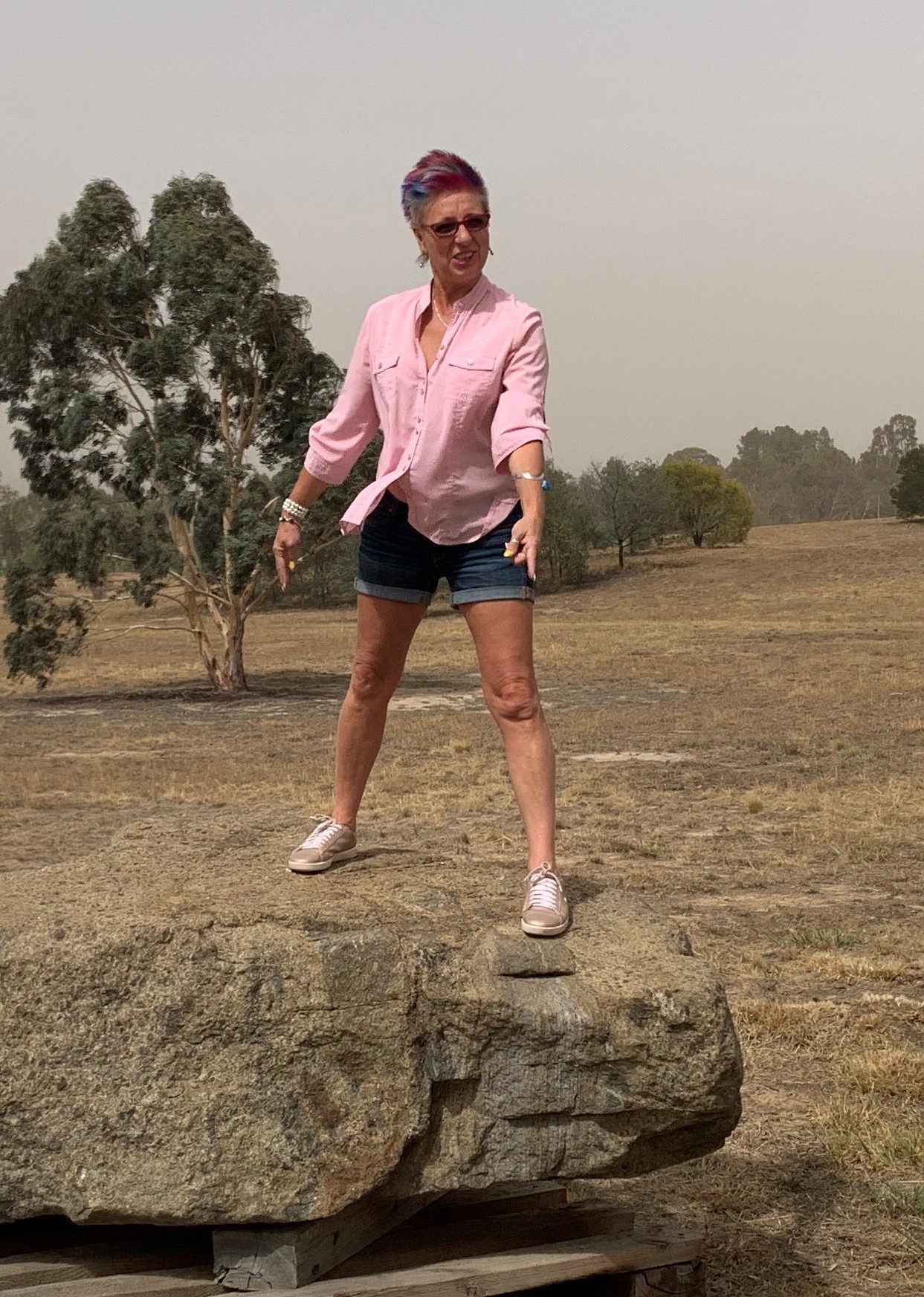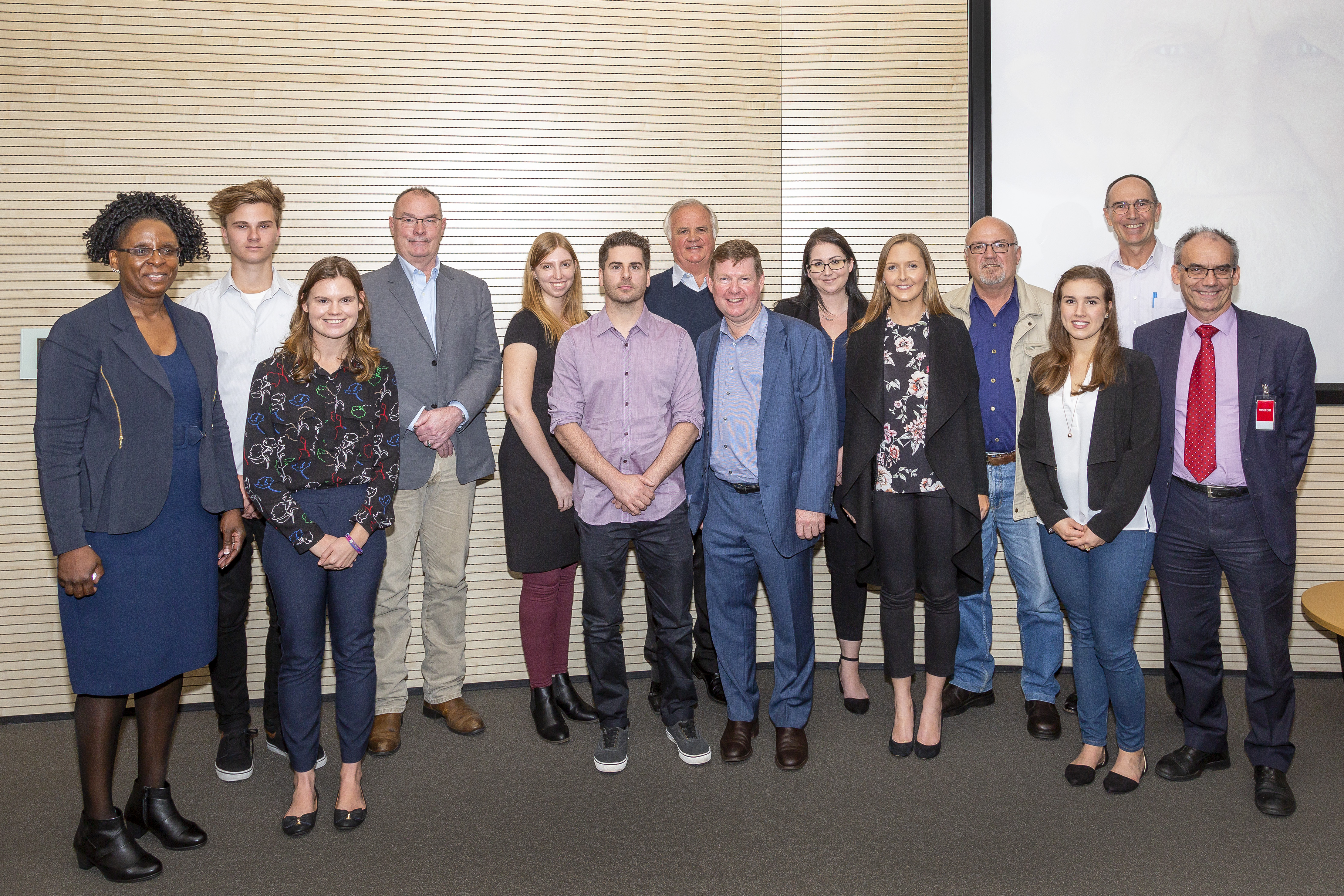The Harry Butler Science Centre, named in honour of the Australian environmental pioneer, was officially opened on Barrow Island last week by Chevron and Murdoch University as partners of the University’s Harry Butler Institute.
Representatives from Murdoch University, Chevron and the Department of Biodiversity, Conservation and Attractions travelled to Barrow Island to launch the Centre and tour both Chevron’s oil and gas production facilities and the ‘Class A’ nature reserve of Bandicoot Bay.
Murdoch University Vice Chancellor Eeva Leinonen said the new facility provided an essential resource for researchers and students to continue the late Harry Butler’s legacy of environmental protection in coexistence with industry on the island.
“Murdoch University is pioneering environmental research to support the delicate balance between conservation and industrial development in fragile environments such as Barrow Island,” Professor Leinonen said.
The Harry Butler Science Centre will accommodate up to 20 researchers and students carrying out detailed studies to support the management of Barrow Island’s distinct plant and animal species.
During a 50-year association with Chevron Australia, largely spent on Barrow Island, Dr Butler defined the approach for industry to co-exist with the natural world and actively conserve valued ecosystems.
He helped shape and maintain Chevron’s environmental management practices to protect the island. His influence and approach in this field spread far beyond WA’s second largest island and is now a global industry model.
Director of the Harry Butler Institute, Professor Simon McKirdy said the Centre would significantly expand the scope of research on the island.
“Barrow Island is an environment ungrazed by exotic species with very few weeds – making it a unique location for researching endemic species of plants and native animals,” Professor McKirdy said.
“It has many unique species including vertebrates, the white-winged fairy wren, boodie, euro, spectacled hair wallaby, and more than 3,500 invertebrate species — the majority of which are yet to be fully identified by science.
“Our first step will be to detect any invasive species that pose a significant risk to the unique flora and fauna of the island.”
Chevron’s Quarantine Manager Johann van der Merwe said opening of the Harry Butler Science Centre was a wonderful opportunity for Chevron to fund the continuation of Harry Butler’s efforts to protect the integrity of the island’s fragile and unique ecosystem, in co-existence with industry.
“Harry Butler was a legend of his time and a pioneer of environmental conservation, so Chevron is really proud to open this new science Centre in his name to encourage further research of this nature on the island.
“With the development of this Centre, we will welcome new students to come to Barrow Island and undertake their research that will lead to increased knowledge of the unique biodiversity here, and improved environmental outcomes.”
The Harry Butler Institute was established in August 2017 at Murdoch University in partnership with Chevron to help shape a new generation of leaders in conservation and environmental management. Going forward, the Institute will be offering new academic pathways for students and supporting research programs that promote sustainability and environmental protection.
Chevron’s Barrow Island Asset Manager Murphy Bowers said the Institute was driven by the legacy that the late Harry Butler had entrusted them to deliver.
“We have been entrusted a privilege to work on Barrow and we will continue to work through the Institute and Murdoch and the State to maintain that trust,” he said.
Present on Barrow Island for the opening of the Harry Butler Science Centre were; Lead Barrow Island Lead Scientist Simon Collins, Murdoch University Deputy Vice Chancellor David Morrison, Murdoch University Vice Chancellor, Harry Butler Institute Director Simon McKirdy, and Chevron-Harry Butler Chair of Biodiversity and Environmental Science, Marnie Campbell.





